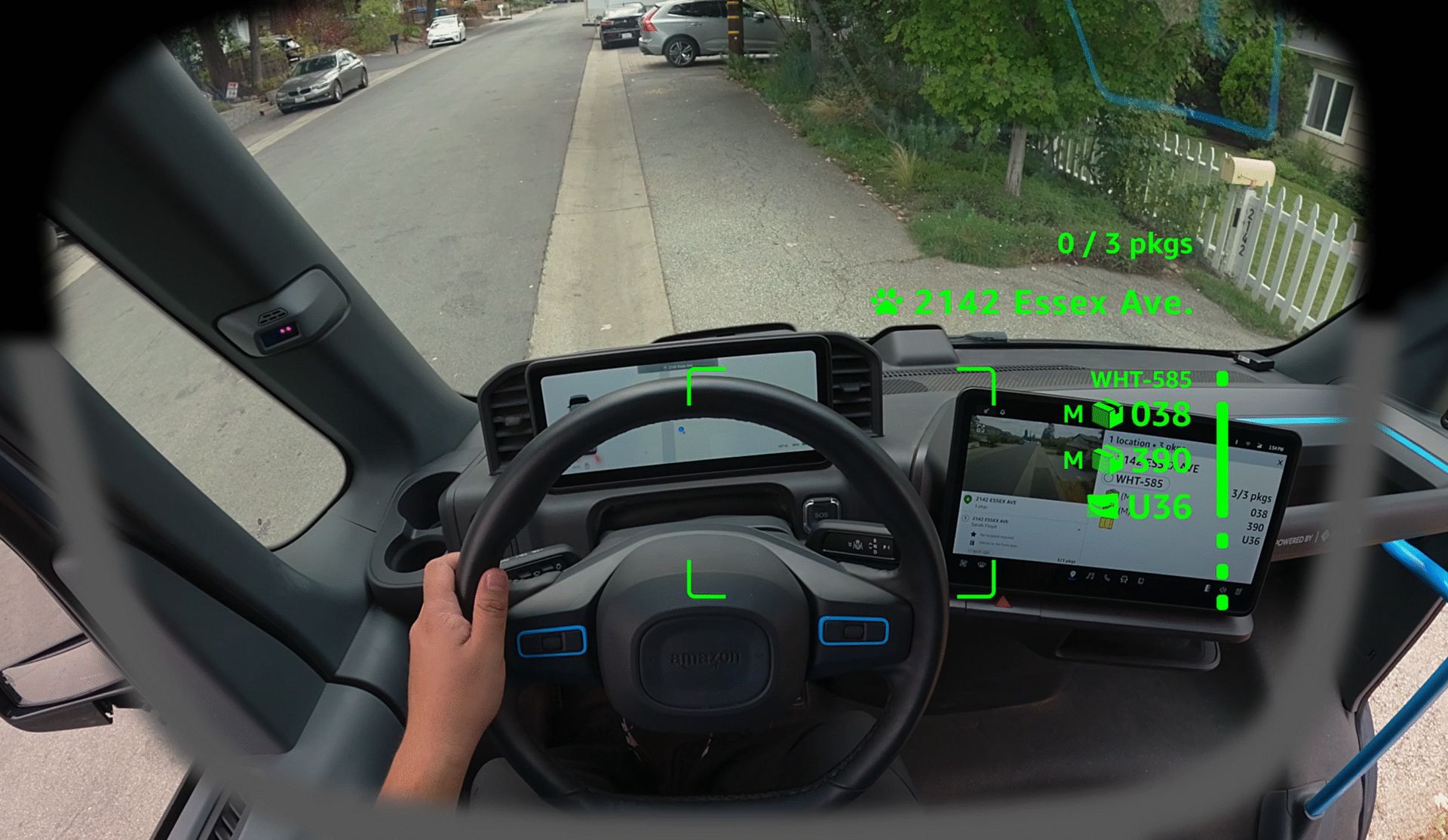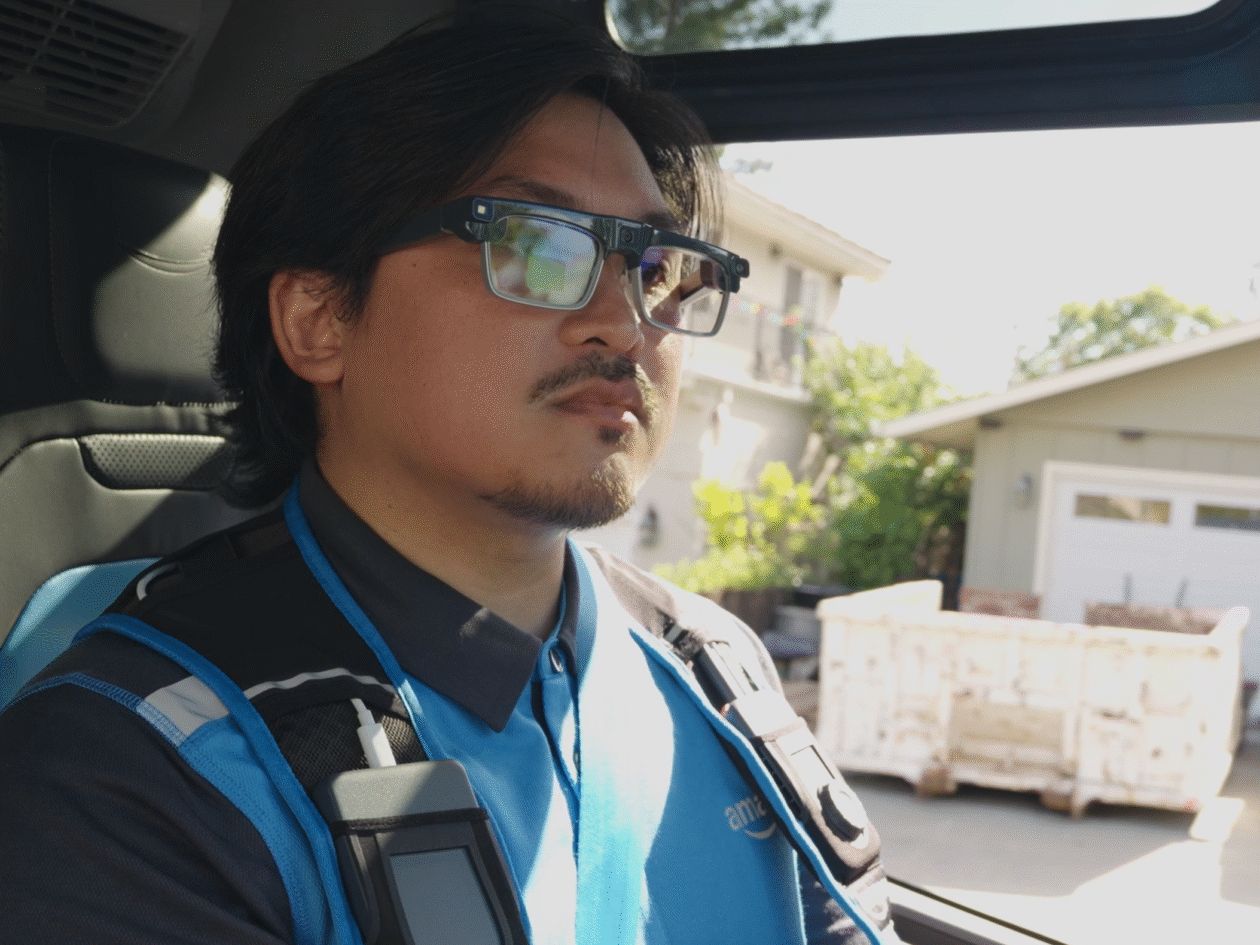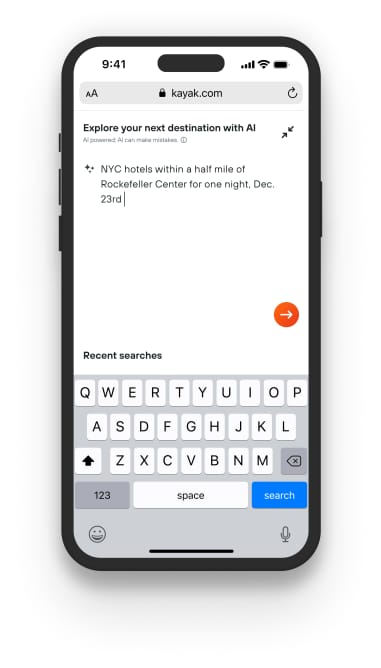- Markets - Around The World
- Posts
- Amazon's UseCase for AR Glasses
Amazon's UseCase for AR Glasses
& $2,500 Smart Bed also Experienced an Outage
Amazon’s AR Glasses - but for your Packages

Amazon is rolling out AI-powered augmented reality glasses for delivery drivers that overlay directions, hazard alerts, and package info right in their field of view. The hands-free system activates when the driver parks and guides them from van to doorstep, leveraging computer vision and geospatial data.

Built in consultation with hundreds of delivery associates, the glasses feature swappable batteries for full-shift use, a controller worn on the vest, and support for prescription lenses. They’re currently in North American pilot testing ahead of a broader rollout.
The move highlights Amazon’s strategy to automate and streamline the final-mile delivery process—reducing reliance on screens, boosting driver speed, and improving safety. If successful, these specs aren’t just about gadgets—they’re about reshaping how your package arrives.
When Your Smart Bed Becomes the Problem
A major Amazon Web Services (AWS) outage locked out countless smart-home users this week—and the victims included owners of premium smart beds. These beds, often costing upward of $2,000 (used by the likes of Mark Zuckerberg) and relying on constant cloud connectivity, got stuck heating, elevating or deflating mid-night when the cloud went dark.

Eight Sleep Bed
AWS traced the disruption to a DNS issue within its Northern Virginia region, which knocked out services including databases and load-balancers—paralysing everything from banking apps to IoT devices. A “faulty automation” in its internal systems — two independent programs that began racing each other to update records — erased key network entries for its DynamoDB database service, triggering a domino effect that temporarily broke many other AWS tools.
For users sleeping on a “smart” mattress that requires live cloud signals, that meant being locked into a baked-in temp or kitted out like a recliner—no manual override. As homes get smarter, the question becomes what happens when the cloud goes down.
Travel Planning Gets a Chatbot Upgrade with Kayak AI

Kayak has rolled out a new “AI Mode” feature that lets you plan trips by typing natural-language questions—no more dropdowns and filters. The tool, powered by ChatGPT, is embedded directly into Kayak’s website, enabling users to compare flights, hotels and rental cars with conversational prompts.
Here’s how AI is changing travel-booking:
Users can ask open-ended questions like “I want to party for New Year’s Eve—where should I go?” or “Show me flights under $500 to Europe in March”. Kayak pulls from its data-engine and the AI layer to generate tailored results.
The feature is launching in the U.S. (English only) on desktop and mobile web, with voice support and international expansions planned.
Travel planning has long been clunky—multiple tabs, comparators, filters. Kayak’s AI-Mode flips the script by letting users talk to their travel tool like a friend. If it converts well (browsers into bookers), it could signal a broader shift: travel-tech becoming conversational tech.